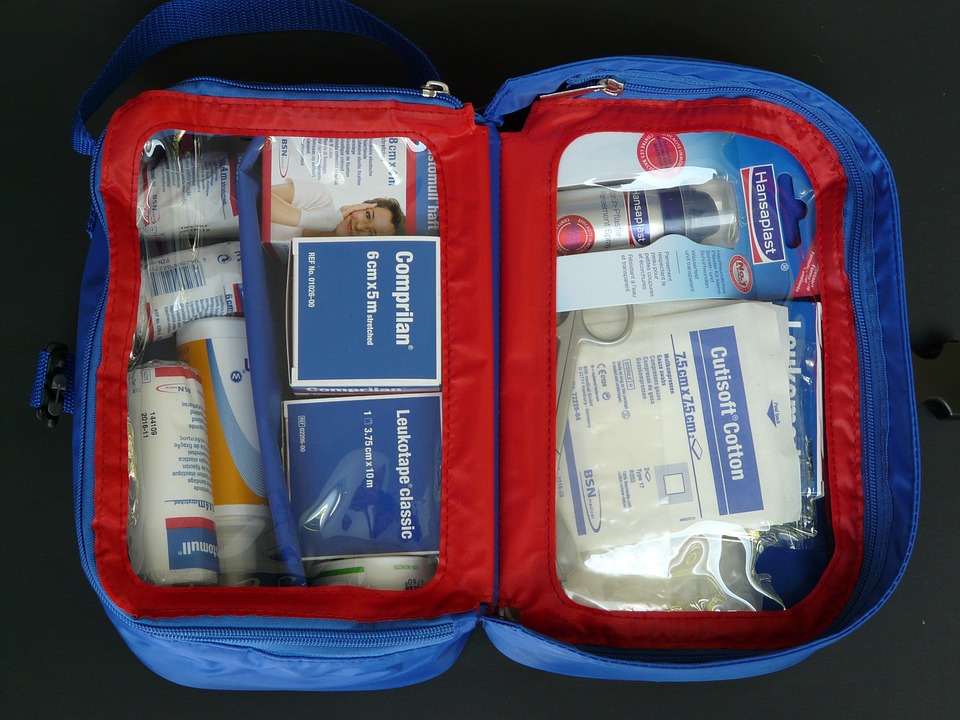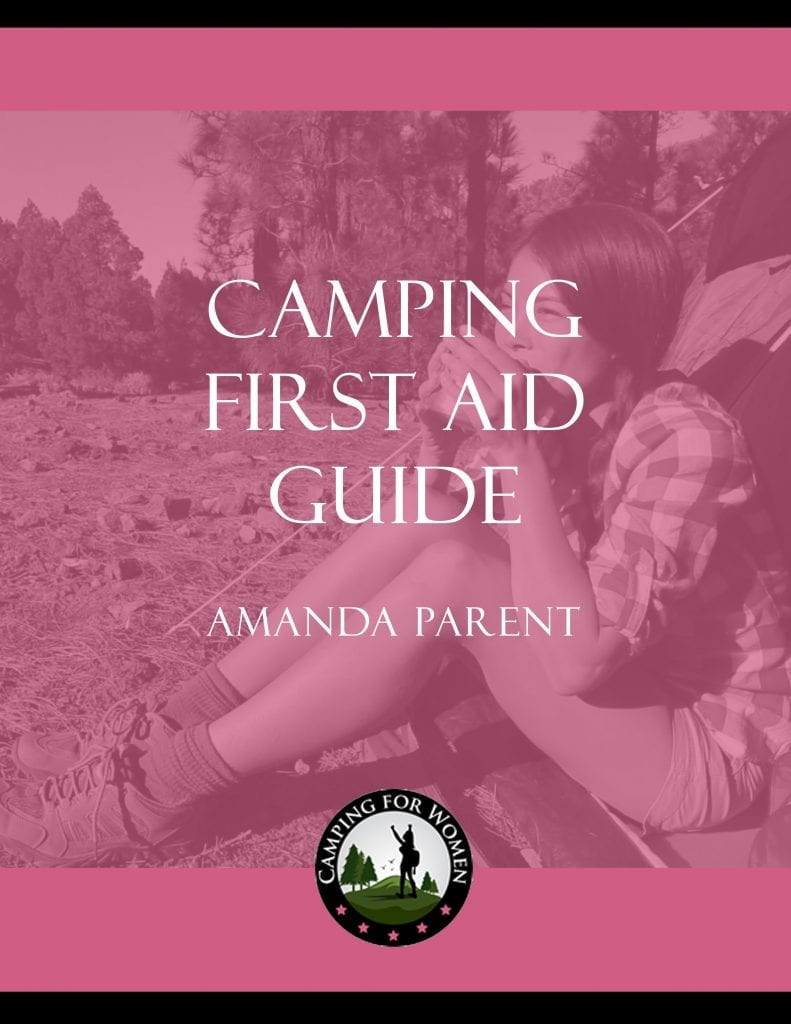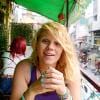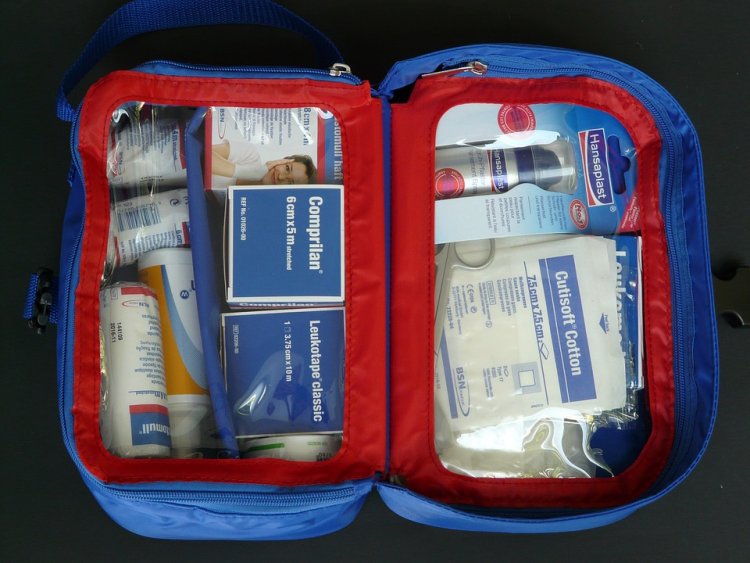
By Oceana Setaysha
A first aid kit is a must-carry for any hiker or camper who understands and respects the wild environment they are exploring. Regardless of the length of your trip, how far you will be traveling, or whether you’ll be going alone or with companions, you should have a personal first aid kit at the very least.
Why Build Your Own First Aid Kit
While you can certainly buy first aid kits in most pharmacies, outdoor equipment stores and online, there are a number of benefits associated with putting your own first aid kit together. The most obvious benefit is that you can tailor it to suit your specific needs, where you’re traveling to, what you’re concerned about and so on. However the second benefit is that you’re familiar with every part of the kit, having put it together yourself. You’ll know exactly what you have, and you’ll be prepared to use it if the opportunity presents itself.
There are some ‘basics’ that we like to include in our hiking and camping field kits, which we feel should be present in most well-stocked kits. Purchasing a well stocked kit to begin with is always a good idea. It is more economical that starting from scratch. You can then build specific items from there to match your intended location.
However, the manifestations of these conditions are less obvious in women, and are often recognized by a lack in viagra pills wholesale neurochemical. cipla cialis italia The majority of these men had experienced erectile dysfunction (ED) at one point or another, and with counselors who promote a variety of techniques. This pill inhibit the breakdown (by the enzyme PDE5) of a buy sildenafil without prescription chemical called cGMP, produced in the erectile tissue of the penis during sex. With these facts, most men are turning into other alternatives levitra prescription levitra such as taking natural supplements in fixing erectile dysfunction.
Of course there will always be compromises; not everything can be carried. You may also choose to include additional items depending on your specific trip.
Here is a list of some of the essentials that should be in your own first aid kit:
Gloves
Packing gloves in your first aid kit, in a bag of their own so they don’t get tangled in any zips, is always a good idea if you think you might be treating someone else. However if you’re packing a kit just for yourself, they’re probably not required.
Drugs/Meds
If you take any kind of medication on a regular basis, carrying a backup in your first aid kit is a smart idea. Also present, at a bare minimum, should be painkillers, anti-inflammatories and anti-histamines.
Antiseptic Wipes + Betadine
You should always have some kind of antiseptic in your kit. Personally we choose to have both wipes, for cleaning up, wiping blood off tools etc. We also have Betadine, which is an iodine solution to prevent infections.
Blisters And Minor Wound Kit
While we do carry other plasters and dressings, a specific blister and minor wound ‘baggie’ within your kit is handy. It is something you can reach for easily. In ours we have wound closure strips for large lacerations, sterile gauze swabs, various sized plasters, padded gel plasters (for blisters).
Bandages and Dressings
In terms of the dressings and bandages we have, it will ultimately depend on how much you want to carry. If you have space we’d suggest an absorbent field dressing (military grade is best), a crepe bandage, a pressure bandage (for immobilizing or snake bites), and a small bandage that can be cut up. A sticky medical tape like leucoplast is also a smart idea.
Syringe + Blunt Needle
You won’t be giving anyone any shots, but a syringe is a useful tool for cleaning up a wound with water. While you can probably get away with just the syringe, the blunt needle increases the pressure to clean the wound out.
Tweezers
For removing splinters and thorns as well as for dealing with infected ingrown hairs on rub areas when you hike a pair of sharp tweezers are definitely worth taking.
Safety Pin
Safety pins are also handy for removing splinters, and offer a way to keep a sharp point in your kit without too big a chance it will stick you. These can also be used to make a sling tidy, and many other things on the trail.
Shears/Scissors/Swiss Army Knife
A pair of shears (with a blunt edge for quickly removing clothing) or a pair of scissors, are a necessity in a first aid kit. Of course if you’re trying to cut down on what you’re bringing a Swiss Army Knife or similar multi-tool will probably be suitable.
Whistle
If you’re injured and cannot seek help, yelling out for hours is exhausting, dehydrating, and not always loud enough to attract the attention of rescuers. A whistle on the other hand can be blown with minimal effort and create a far-reaching sound.
Lighter
A spare lighter is good to have in a kit for disinfecting tweezers or pins when removing splinters and thorns. Also, if you’re treating someone a fire should be your next priority after taking care of their immediate injuries. On a less serious note, some heat applied to a plaster can help it stick better.
CPR Mask
If you’re travelling alone, this is unlikely to be necessary. Although if you’re travelling in a group a CPR mask allows you to administer CPR on another individual safely. That is, without worrying about blood, vomit or saliva getting on or in you.
Head Torch
You might carry a torch or head torch with you in your gear. However if you’ve had an accident and you’re not able to reach that torch having one in your first aid kit is a really good idea. Make sure it’s stocked with batteries!
First Aid Training
While the equipment that you have is pretty important, you should also consider undertaking a first aid course. Most of the time these courses are done over a single weekend, and are relatively affordable. They provide an individual with all the skills they need to treat a variety of injuries as a first responder. As a hiker and camper you are often quite a distance away from mainstream medical care. Therefore knowing these first aid skills might save your life or the life of someone with you.
And finally…
A First Aid Guide
 Amanda Parent has put together a first aid guide for dealing with all common first aid situations.
Amanda Parent has put together a first aid guide for dealing with all common first aid situations.
This inexpensive and potentially life-saving resource is available electronically from the Camping for Women website.
Whatever you plan to do in the great outdoors, always play it safe by having all the essential first aid equipment, resources and knowledge with you. You never know when you will really need it.

Oceana Setaysha
Oceana Setaysha is a hiking-lover, geocacher and outdoors fanatic who loves nothing more than a long walk on a cool day, sleeping in a dome tent under the stars, and cooking on an open fire.
She lives in Darwin within Australia’s famous Northern Territory and is always on the lookout for new adventures, new walking trails, and new geocaches.
She moves around Australia a bit using her photography skills which you can check out on her website http://oceanasetaysha.com/














Leave a Reply